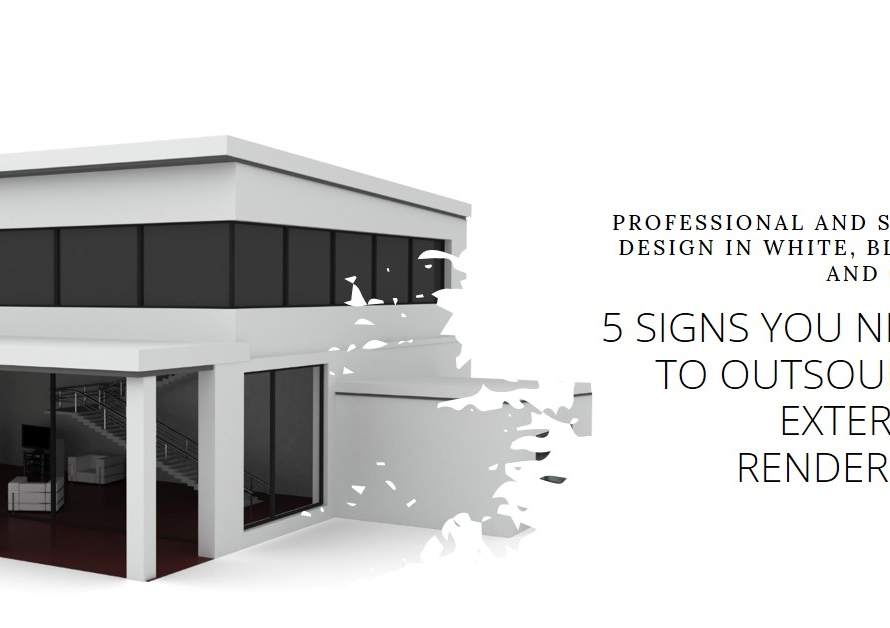
Table of Contents
- Introduction : Architecture
- Fluidity in Form: Embracing the Curves
- Transparency and Reflection: Harnessing the Power of Light
- Sustainable Solutions: Embracing the Wisdom of Water
- Harmony with the Surroundings: Blurring the Boundaries
- Cultural Significance: Water as a Symbol of Identity
- Innovation in Materiality: Exploring New Frontiers
- Community Engagement: Fostering Connection and Interaction
- Resilience in Design: Navigating the Challenges
- Conclusion: A Symphony of Water and Architecture
Introduction : Architecture
Water, the source of life and an eternal muse for architects worldwide, has long captivated the imagination and inspired some of the most breathtaking architectural marvels known to humanity. From serene lakes to majestic oceans, the fluidity and tranquility of water have been ingeniously translated into architectural designs that evoke a sense of serenity, harmony, and awe. In this exploration, we delve into the architectural secrets behind water-inspired designs, uncovering the ingenuity and creativity that bring these aquatic visions to life.
Fluidity in Form: Embracing the Curves
The essence of water lies in its fluidity, its ability to flow effortlessly and adapt to the contours of its surroundings. In water-inspired architecture, this fluidity is echoed in the graceful curves and undulating forms that define the built environment. Architects harness the organic shapes found in nature, mimicking the gentle ripples of waves or the sinuous lines of a riverbank to create structures that appear to be in a constant state of motion.
One exemplary manifestation of fluidity in architectural design is the iconic Guggenheim Museum Bilbao, designed by Frank Gehry. Inspired by the nearby Nervión River, Gehry’s design features sweeping curves and metallic surfaces that reflect the play of light on water, blurring the boundaries between the building and its surroundings. The result is a dynamic and visually captivating structure that has become synonymous with the city itself.
Transparency and Reflection: Harnessing the Power of Light
Water possesses a unique ability to transmit and reflect light, creating shimmering surfaces that dance with color and movement. In architecture, this play of light and shadow is often replicated through the strategic use of transparent materials and reflective surfaces, allowing buildings to interact with their environment in a dynamic and ever-changing way.
One striking example of this principle in action is the Aqua Tower in Chicago, designed by Studio Gang Architects. Named for its fluid and undulating facade, the tower features a series of rippling balconies that evoke the image of water cascading down the side of a waterfall. The use of reflective glass not only enhances the building’s aesthetic appeal but also serves to capture and amplify the surrounding skyline, creating a mesmerizing visual effect that changes throughout the day.
Sustainable Solutions: Embracing the Wisdom of Water
Water, with its inherent ability to sustain life, serves as a powerful metaphor for sustainability in architecture. In recent years, there has been a growing emphasis on incorporating water-inspired design principles into environmentally conscious building practices, leading to the development of innovative solutions that minimize resource consumption and promote ecological harmony.
One notable example of this trend is the Bahrain World Trade Center, designed by Atkins. Inspired by the traditional Arabian wind towers used for natural ventilation, the twin towers feature integrated wind turbines that harness the power of the sea breeze to generate renewable energy. Additionally, the buildings incorporate a sophisticated cooling system that utilizes seawater for heat exchange, reducing the need for energy-intensive air conditioning and minimizing carbon emissions.
Harmony with the Surroundings: Blurring the Boundaries
Water-inspired architecture seeks to forge a harmonious relationship between the built environment and its natural surroundings, blurring the boundaries between the two to create a seamless and immersive experience for occupants and observers alike. By integrating elements of water into the design process, architects are able to establish a sense of place that resonates with the local context and fosters a deep connection to the land.
One exemplary instance of this approach can be found in the Marina Bay Sands resort in Singapore, designed by Moshe Safdie. Situated on the waterfront overlooking the city skyline, the resort features a series of interconnected towers topped by a stunning rooftop infinity pool. The pool’s reflective surface creates the illusion of merging with the horizon, offering guests an unparalleled vantage point from which to admire the surrounding landscape.
Cultural Significance: Water as a Symbol of Identity
Across cultures and civilizations, water holds profound symbolic significance, serving as a source of life, renewal, and spiritual cleansing. In architectural design, this symbolism is often leveraged to evoke a sense of cultural identity and heritage, paying homage to the rich traditions and beliefs that have shaped human civilization throughout history.
An exemplary illustration of this concept is the Sheikh Zayed Grand Mosque in Abu Dhabi, designed by Syrian architect Yousef Abdelky. Inspired by the Islamic principles of purity and harmony, the mosque features a series of reflective pools and water channels that mirror the majestic domes and minarets of the structure. The use of water not only enhances the visual appeal of the mosque but also imbues it with a sense of tranquility and reverence befitting its sacred purpose.


Innovation in Materiality: Exploring New Frontiers
Water-inspired architecture is characterized by a spirit of innovation and experimentation, as architects push the boundaries of traditional building materials and construction techniques to achieve their creative vision. From cutting-edge glass facades to sustainable bamboo structures, the use of unconventional materials adds an element of surprise and delight to architectural design, challenging preconceived notions of what is possible in the built environment.
One pioneering example of this trend is the Watercube National Aquatics Center in Beijing, designed by PTW Architects in collaboration with Arup. Inspired by the crystalline structure of soap bubbles, the building’s facade is composed of thousands of ETFE (ethylene tetrafluoroethylene) cushions that capture and diffuse natural light, creating a luminous and otherworldly atmosphere. The innovative use of this lightweight and translucent material not only enhances the building’s aesthetic appeal but also reduces energy consumption by minimizing the need for artificial lighting.
Community Engagement: Fostering Connection and Interaction
Water-inspired architecture has the power to foster social cohesion and community engagement, providing shared spaces that encourage interaction and collaboration among residents and visitors alike. By incorporating elements such as waterfront promenades, public parks, and interactive installations, architects create vibrant urban environments that serve as gathering places for people from all walks of life.
One notable example of this principle in action is the High Line in New York City, designed by James Corner Field Operations and Diller Scofidio + Renfro. Built on a historic elevated railway line, the park features a series of lush gardens, art installations, and panoramic viewpoints that offer respite from the hustle and bustle of urban life. By repurposing a disused infrastructure into a vibrant public space, the High Line has become a beloved landmark that brings together residents and visitors in celebration of nature and community.
Resilience in Design: Navigating the Challenges
As climate change continues to pose increasingly urgent threats to our planet, architects are turning to water-inspired design principles to create buildings that are not only aesthetically pleasing but also resilient in the face of environmental uncertainty. By incorporating features such as flood-resistant foundations, green roofs, and passive cooling systems, architects are able to mitigate the impact of rising sea levels, extreme weather events, and other climate-related hazards.
One innovative example of this approach is the Bosco Verticale (Vertical Forest) in Milan, designed by Stefano Boeri Architetti. Featuring a pair of residential towers covered in lush vegetation, the project acts as a natural carbon sink, absorbing pollutants from the air and providing habitat for local wildlife. Additionally, the buildings’ staggered balconies help to mitigate solar heat gain and reduce energy consumption, while also enhancing the overall quality of life for residents.
Conclusion: A Symphony of Water and Architecture
In conclusion, water-inspired architecture represents a harmonious union of art, science, and nature, where the fluidity and tranquility of water are translated into built form. By embracing principles of fluidity, transparency, sustainability, and community engagement, architects are able to create spaces that not only delight the senses but also foster a deeper connection to the world around us. As we continue to confront the challenges of the 21st century, the lessons of water-inspired design offer valuable insights into how we can build a more resilient, sustainable, and inclusive future for generations to come.


